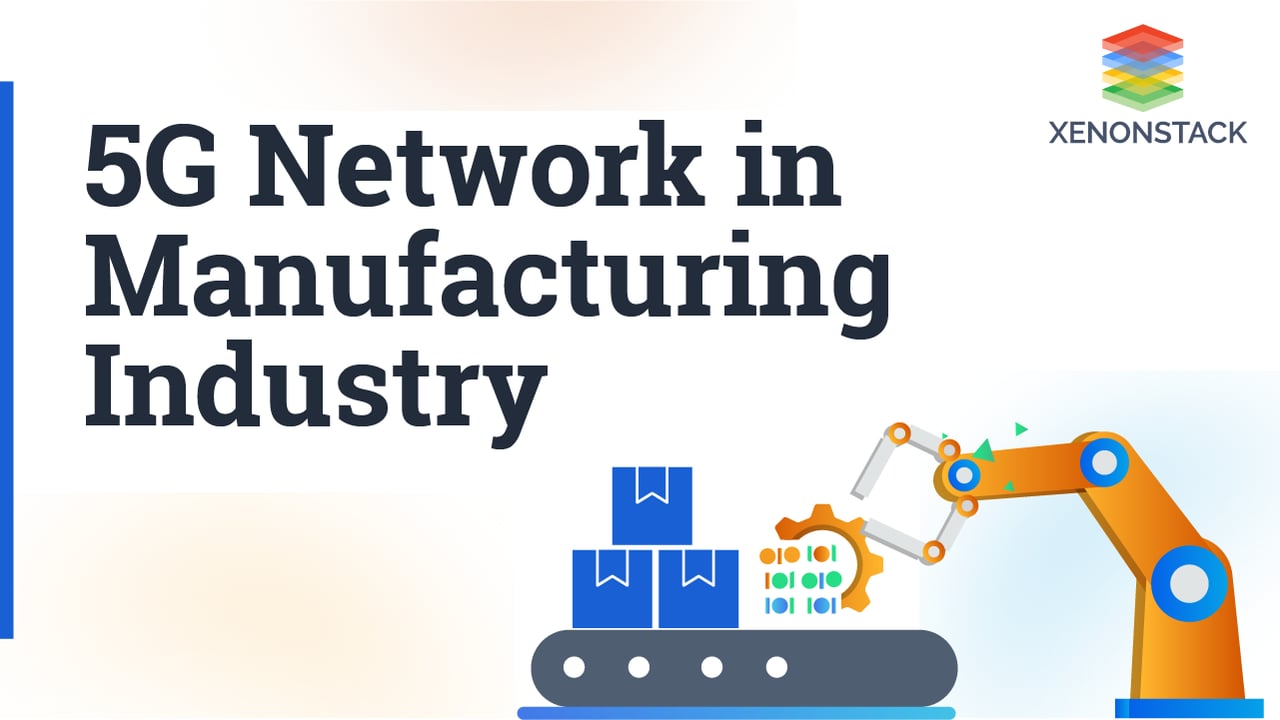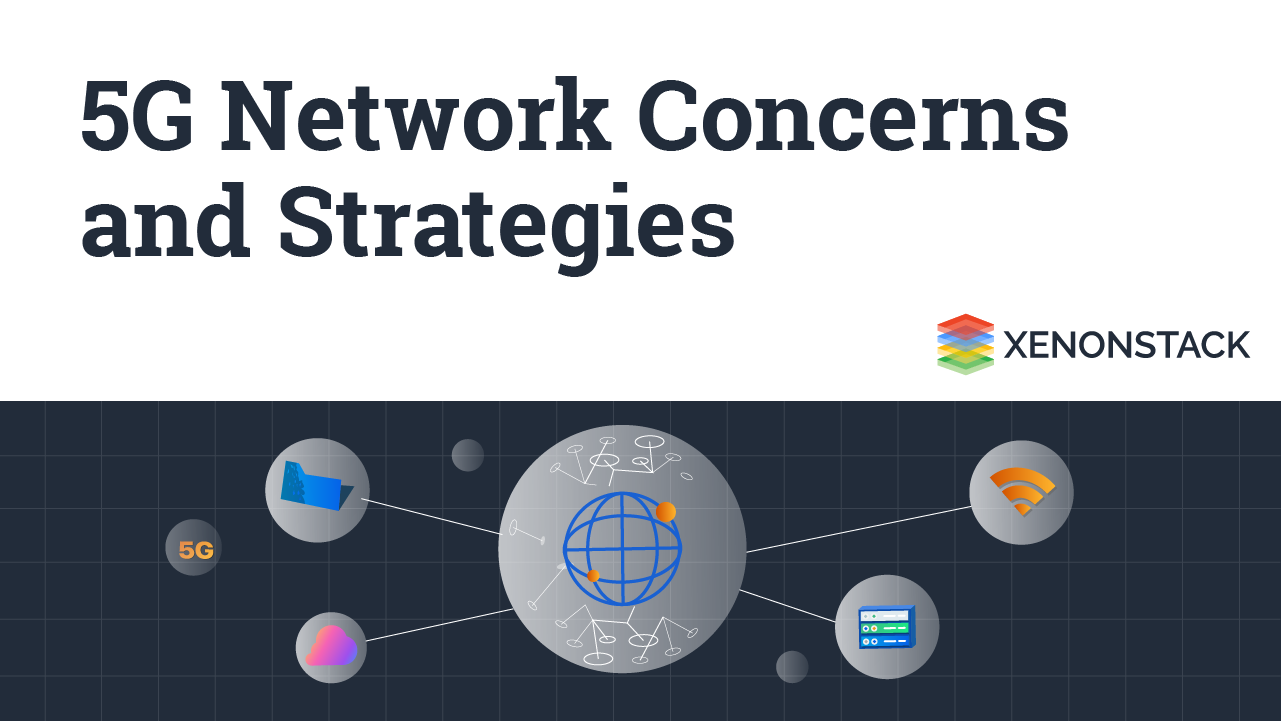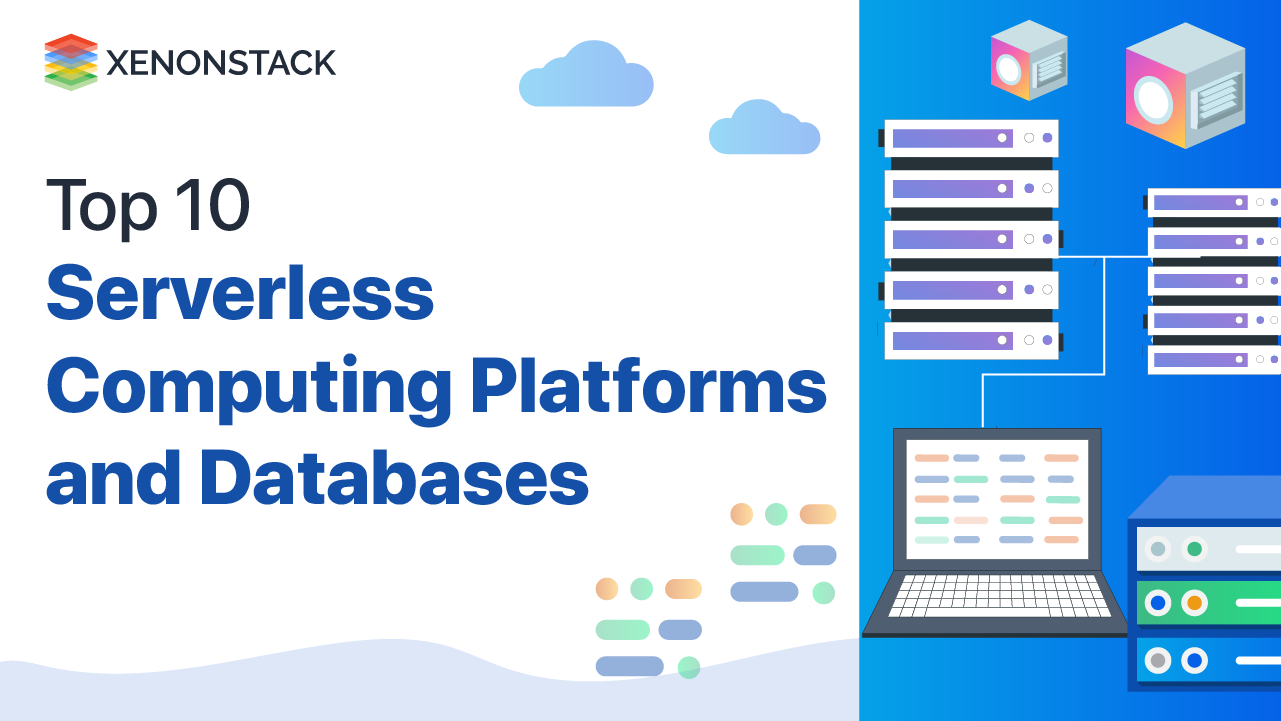
Introduction
The manufacturing industry is on the verge of a tech-induced transformation that promises to amp up productivity, scalability, and operational efficiency. While buzzwords like Internet of Things (IoT) and Artificial Intelligence (AI) are usually in the spotlight, there’s another quiet revolution happening: the introduction of Private Network 5G. Far removed from the consumer-focused 5G networks, these private variants give manufacturing setups an unparalleled level of network control and customization. This blog digs deep into the nuts and bolts of this groundbreaking tech, shedding light on aspects that usually don't make it to conventional conversations.
What is 5G Network?
At its core, 5G Network is a standalone cellular network specifically tailored for a localized environment like a manufacturing plant. It's not just a part of the public 5G framework but operates independently, often employing either licensed, unlicensed, or shared radio spectrum for its services.
Technical Components
Radio Access Network (RAN)The Radio Access Network, commonly abbreviated as RAN, is often simplified as just "cellular towers." However, it's more intricate and fundamental to the effective functioning of any 5G network.
- Cell Towers: These are the most visible parts of the RAN. In a manufacturing setting, they are strategically positioned to provide optimal coverage across the entire facility.
- Small Cells: Smaller than traditional towers, these are deployed to handle specific areas within the premises that require high-data-rate communication or are considered dead zones.
- Baseband Units (BBUs): These units handle the signal processing and control tasks, working alongside the radio units to optimize data transfer and signal quality.
- Remote Radio Heads (RRH): These devices are physically closer to the antenna and ensure that high-frequency signals can be transmitted without much loss of quality.
The RAN's unique architecture in a private 5G network allows for dynamic allocation of network resources, better interference management, and improved scalability.
Core Network
The Core Network is the command center of the 5G network, handling various key functions:
- User Authentication: In a manufacturing environment with numerous IoT devices, the Core Network uses protocols such as Authentication and Key Agreement (AKA) to validate devices.
- Session Management: The Core Network maintains and manages the state of each user’s connection, ensuring seamless handover as devices move across different parts of the factory.
- Data Routing: Using high-speed routers and switches, the Core Network efficiently routes data to the correct end-points based on policies and load conditions.
- Traffic Shaping: In the Core Network, policies can be set to prioritize certain types of data traffic over others, ensuring mission-critical applications get the bandwidth they require.
Network Slicing
Network slicing takes the concept of Virtual LAN (VLAN) to the next level by creating multiple, isolated virtual networks on the same physical architecture. Here's why this is groundbreaking:
- Resource Isolation: Different slices can have entirely different characteristics, with their own Quality of Service (QoS), latency, and throughput metrics.
- Functional Decoupling: You can decouple the underlying infrastructure from the services it provides, thereby creating highly customized network slices for specific tasks like real-time monitoring, heavy data processing, or secure communications.
- Dynamic Allocation: Network slices can be dynamically created, scaled, and decommissioned, offering unparalleled flexibility.
Edge Computing
Edge computing is often glossed over, but it’s crucial for reducing latency and improving data processing speeds. In the context of Private Network 5G:
- Data Localization: By processing data locally, you can significantly reduce the round-trip time it takes for data to travel to a centralized data center and back.
- Real-Time Analytics: With edge computing, you can run complex analytics algorithms right where the data is generated, be it from sensors on a manufacturing line or from security cameras.
- Distributed Architecture: Edge computing nodes can be distributed throughout the manufacturing floor, making it possible to process data closer to its point of origin, thereby minimizing latency.
Why Manufacturing Needs Private Network 5G?
Sensitivity to Latency
Manufacturing processes often have a low tolerance for latency. Consider robotic assembly lines where even a delay of a few milliseconds can throw off the entire operation. Private Network 5G is designed to offer Ultra-Reliable Low Latency Communications (URLLC), often achieving less than 5ms latency, making it ideal for real-time automation.
Network Slicing
Manufacturing setups are complex, often requiring a range of processes with varying network requirements. Network slicing is a godsend here, letting you tailor each virtual network 'slice' for differing needs—be it latency, bandwidth, or reliability. This ensures optimal network performance for both mission-critical and secondary operations.
Beefed-up Security
Security is another cornerstone of Private Network 5G. The network's architecture incorporates strong encryption, solid identity management, and meticulous data integrity checks. The very fact that it operates isolated from the public network makes it far less susceptible to external cyber threats.
Hidden Strengths of 5G Networks in Manufacturing
While the buzz around 5G Networks often revolves around widely discussed features like reduced latency and network slicing, it's the lesser-known technologies that act as the backbone, giving the manufacturing sector unmatched efficiency and dependability.
The Magic of Beamforming
The overlooked magic of beamforming plays a critical role in wireless signal optimization. Used alongside MIMO technology, beamforming concentrates the wireless signals toward specific devices, unlike conventional networks that disperse signals haphazardly. This targeted approach improves signal reliability and makes better use of the available frequency spectrum.
What Manufacturing Gains- Reduced Power Use: By zeroing in on specific devices, less energy is wasted, decreasing operational expenses.
- Data Efficiency: A focused signal means fewer disruptions and more efficient bandwidth use, critical for high-speed automated manufacturing.
- Robust Connections: A targeted wireless signal minimizes errors and data loss, which is essential in manufacturing where even a small hiccup can have extensive consequences.
Tailored Quality of Service (QoS)
One of the most unique offerings of 5G Private Networks is the capacity to offer adjustable Quality of Service (QoS) levels. This ability lets the network allocate resources flexibly, ensuring that critical operations receive the bandwidth and low latency they require.
What Manufacturing Gains
- Streamlined Workflow: By prioritizing certain tasks, the network ensures the smooth functioning of essential manufacturing processes.
- Economic Use of Resources: The ability to shift resources as needed minimizes waste and improves operational efficiency.
- Uninterrupted Operations: During network bottlenecks, crucial tasks continue to operate without a hitch.
Seamless Device Management with eSIM and iSIM
The advancement in SIM technology, specifically embedded SIM (eSIM) and integrated SIM (iSIM), have made device management significantly simpler. These new-age SIMs offer not just ease of management but also fortified security measures, making them indispensable in modern manufacturing.
What Manufacturing Gains
- Fast Deployment: Streamlined device management means quicker setup and reduced downtime.
- Improved Security: Advanced security protocols act as a safeguard against unauthorized access and data breaches.
AI-Infused Network Tuning
The role of Artificial Intelligence (AI) in network tuning is often underestimated. With the aid of AI algorithms, the network can dynamically allocate resources, anticipate maintenance needs, and even self-repair during network issues—all in real-time.
What Manufacturing Gains
- Early Fault Detection: AI can predict when hardware is about to fail, reducing maintenance-related downtime.
- Optimal Resource Usage: Intelligent allocation of resources ensures the network functions at its best.
- Self-Sufficient Network Management: AI can fix network issues autonomously, minimizing manual intervention and associated downtime.
Guaranteed Data Delivery via Deterministic Networking
Often overlooked, deterministic networking guarantees the on-time delivery of data packets. This feature is particularly essential for time-sensitive applications, such as synchronized robotics and real-time quality control systems in a manufacturing setting.
What Manufacturing Gains
- Exact Timing: In applications requiring high synchronization, timely data delivery is non-negotiable.
- Stable Network: Deterministic networking removes uncertainty in data delivery times, yielding a reliable network experience.
- Multi-Application Support: This feature allows the network to cater to various time-sensitive applications simultaneously.
Real-world Applications and Case Studies
- Automotive Industries: Giants like BMW and Mercedes-Benz are already experimenting with 5G Network to assist in everything from Automated Guided Vehicles (AGVs) to real-time quality inspections.
- Streamlined Warehousing: 5G Network is making warehouses smarter by enabling real-time inventory tracking and automated sorting systems, dramatically reducing time and overheads.
- Revolution in Energy Sector: This technology is being leveraged for real-time monitoring and control of energy grids, helping to adapt rapidly to supply and demand changes.
Conclusion
5G Network isn't just a faster alternative to Wi-Fi for the manufacturing sector. It's a transformative force that provides precise control over network resources, making it integral for IoT applications and industrial automation. From overlooked aspects like beamforming and Quality of Service adjustments to deterministic networking, Private Network 5G promises a future where manufacturing is not just efficient but also exceptionally agile and secure. If you’re in manufacturing and haven't explored this technology yet, now is the time. The competitive edge it offers is just too significant to ignore.
By diving into these often-overlooked technical aspects, this blog aims to offer a comprehensive understanding of Private Network 5G’s potential in redefining modern manufacturing operations. The future is here, and those who act fast stand to gain immensely.
- How 5G Network is beneficial for Healthcare Sector?
- Role of 5G Network for Energy Sector in India.


